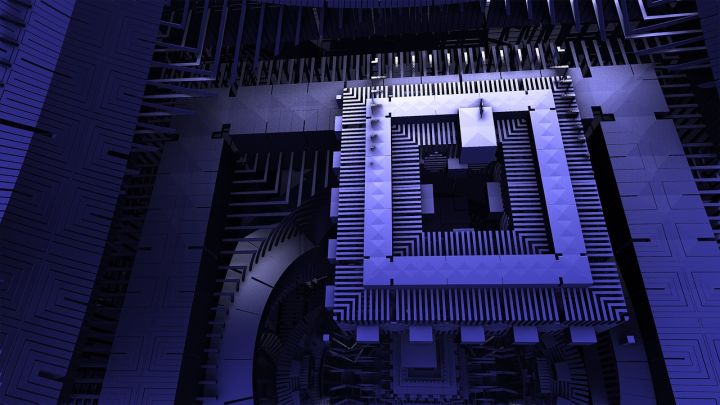What Is the Impact of 5g on Iot Devices?
The advent of 5G technology has brought about significant advancements in the world of Internet of Things (IoT) devices. With its promise of ultra-fast speeds, low latency, and high capacity, 5G is revolutionizing the way IoT devices communicate and function. In this article, we will explore the impact of 5G on IoT devices and how it is shaping the future of connected devices.
Enhanced Connectivity and Communication
One of the most noticeable impacts of 5G on IoT devices is the enhanced connectivity and communication capabilities it offers. With 5G, IoT devices can connect to the internet at lightning-fast speeds, enabling real-time data transmission and analysis. This means that IoT devices can now communicate with each other and with the cloud more efficiently, leading to improved overall performance and responsiveness.
Low Latency and Increased Reliability
Another significant impact of 5G on IoT devices is the reduction in latency and increased reliability. Latency refers to the delay between the transmission of data and the receiving device’s response. With 5G, latency is significantly reduced, allowing for near-instantaneous communication between IoT devices. This is particularly crucial for time-sensitive applications, such as autonomous vehicles or remote healthcare monitoring, where even a slight delay can have dire consequences. Additionally, 5G’s increased reliability ensures that IoT devices maintain a consistent and stable connection, minimizing disruptions and improving user experience.
The Proliferation of Massive IoT
5G’s high capacity and low power consumption have led to the proliferation of Massive IoT, which refers to the deployment of a massive number of low-power IoT devices. With 5G, networks can support a significantly larger number of IoT devices per square kilometer compared to previous generations. This opens up new possibilities for IoT applications in various industries, such as smart cities, industrial automation, and agriculture. From smart meters to environmental sensors, 5G enables the seamless integration of a vast array of IoT devices, creating a more interconnected and intelligent world.
Edge Computing and Distributed Intelligence
5G’s low latency and high bandwidth capabilities also pave the way for edge computing and distributed intelligence in IoT devices. Edge computing involves processing data closer to the source, at the edge of the network, rather than relying solely on cloud-based servers. With 5G, IoT devices can leverage edge computing to perform real-time analytics and decision-making, reducing the need for centralized processing and enhancing overall efficiency. This distributed intelligence allows for faster response times, improved security, and reduced reliance on cloud infrastructure.
Challenges and Considerations
While the impact of 5G on IoT devices is undoubtedly transformative, it also presents certain challenges and considerations. One such challenge is the increased complexity of managing and securing a vast number of interconnected devices. With the proliferation of IoT devices, ensuring data privacy and security becomes paramount. Additionally, the deployment of 5G infrastructure, including the necessary network upgrades, can be costly and time-consuming. These challenges need to be addressed to fully harness the potential of 5G for IoT devices.
In conclusion, 5G technology has a profound impact on IoT devices, revolutionizing their connectivity, communication, and overall capabilities. With enhanced connectivity, low latency, and increased reliability, 5G empowers IoT devices to operate more efficiently and effectively. Additionally, the proliferation of Massive IoT, coupled with edge computing and distributed intelligence, opens up new possibilities for IoT applications. However, challenges such as managing security and the cost of infrastructure upgrades must be overcome. As 5G continues to roll out globally, it will undoubtedly shape the future of IoT devices, enabling a more connected and intelligent world.






